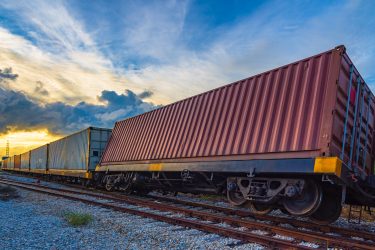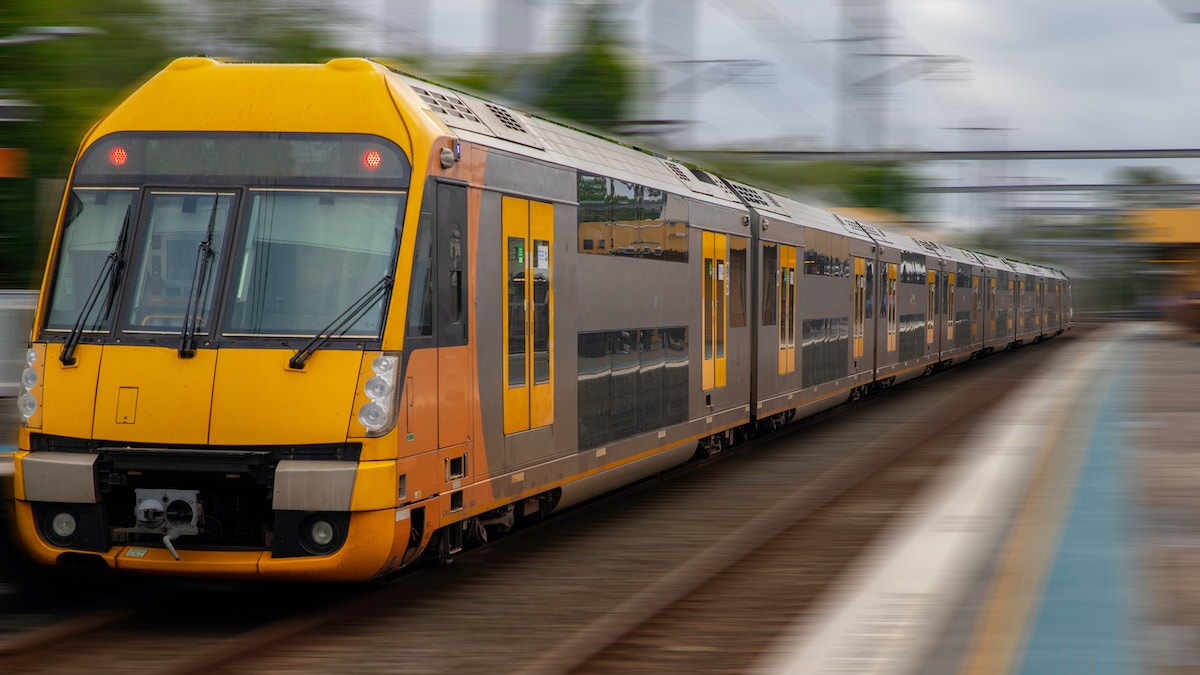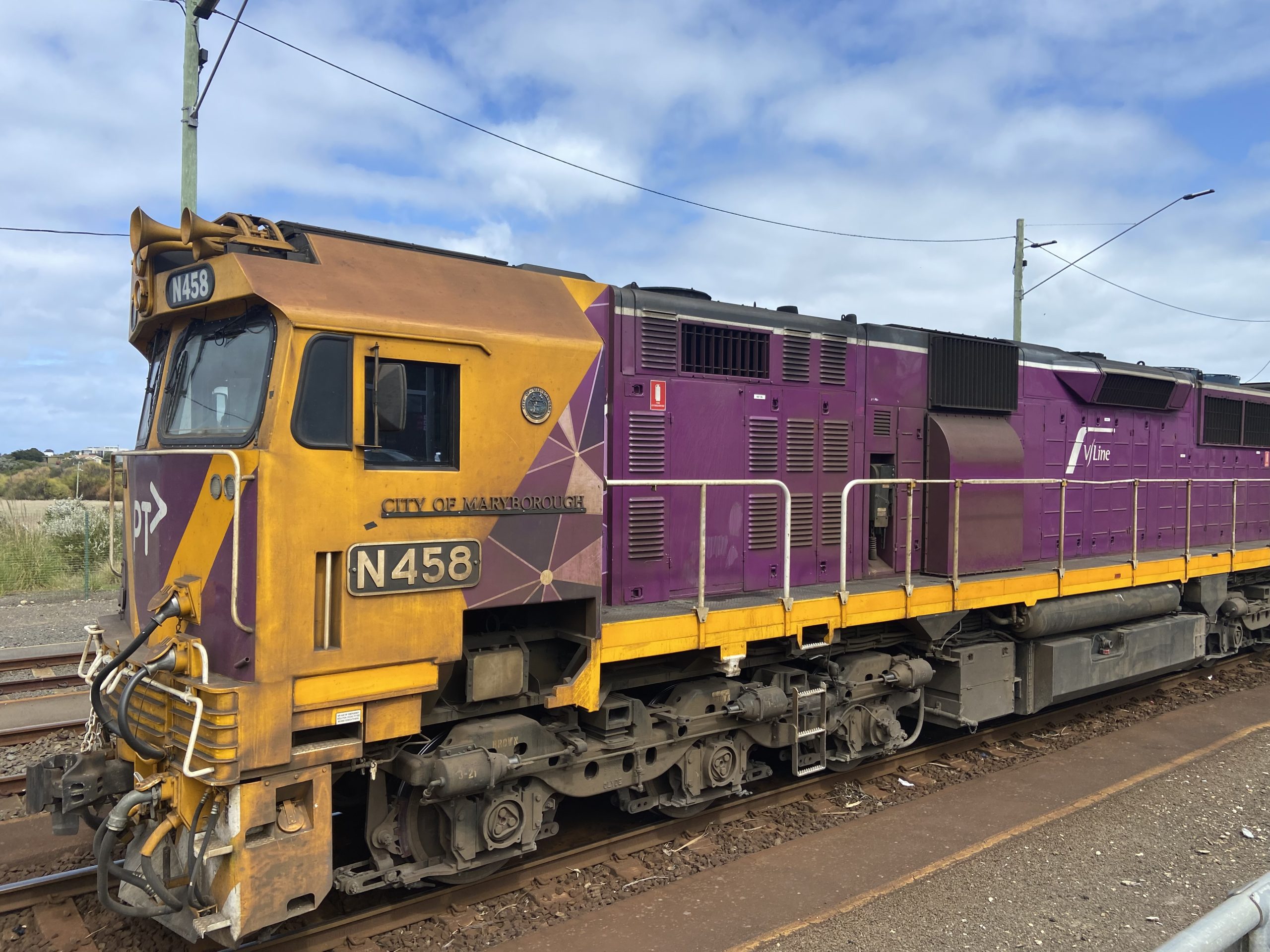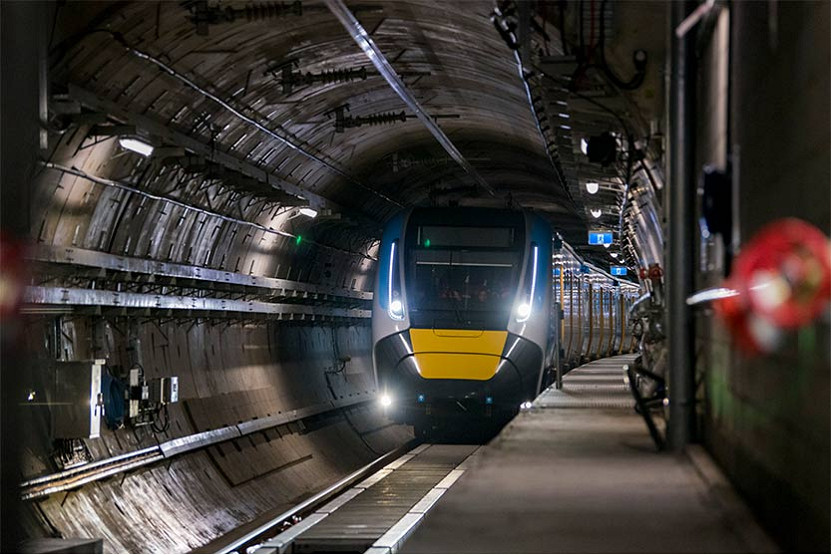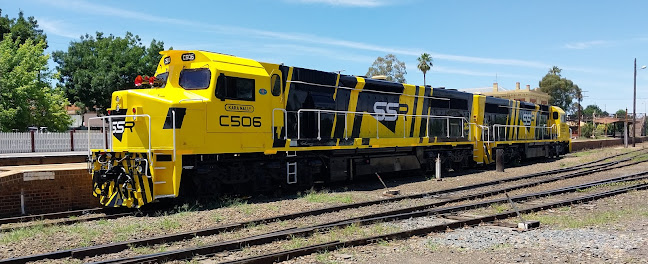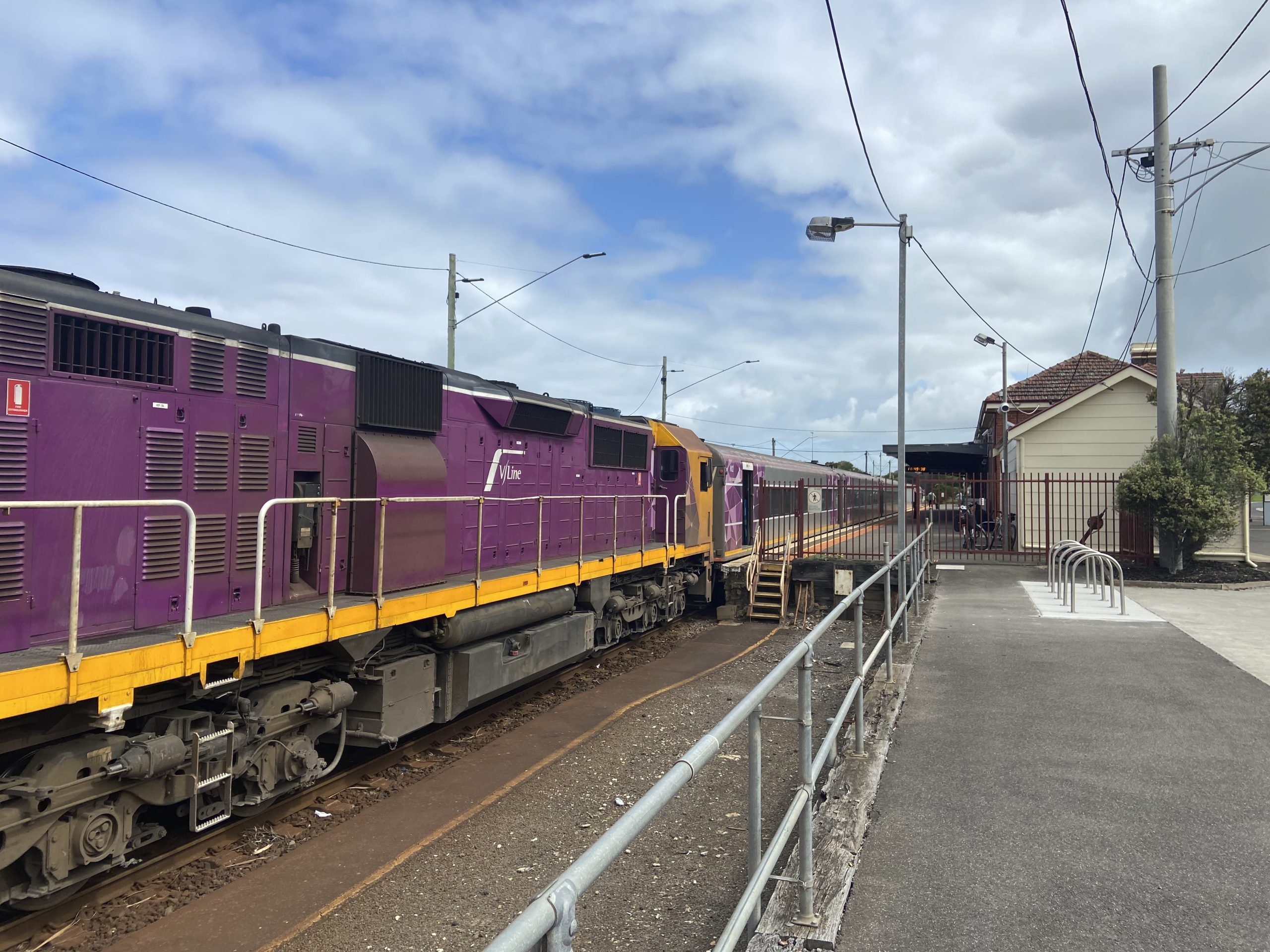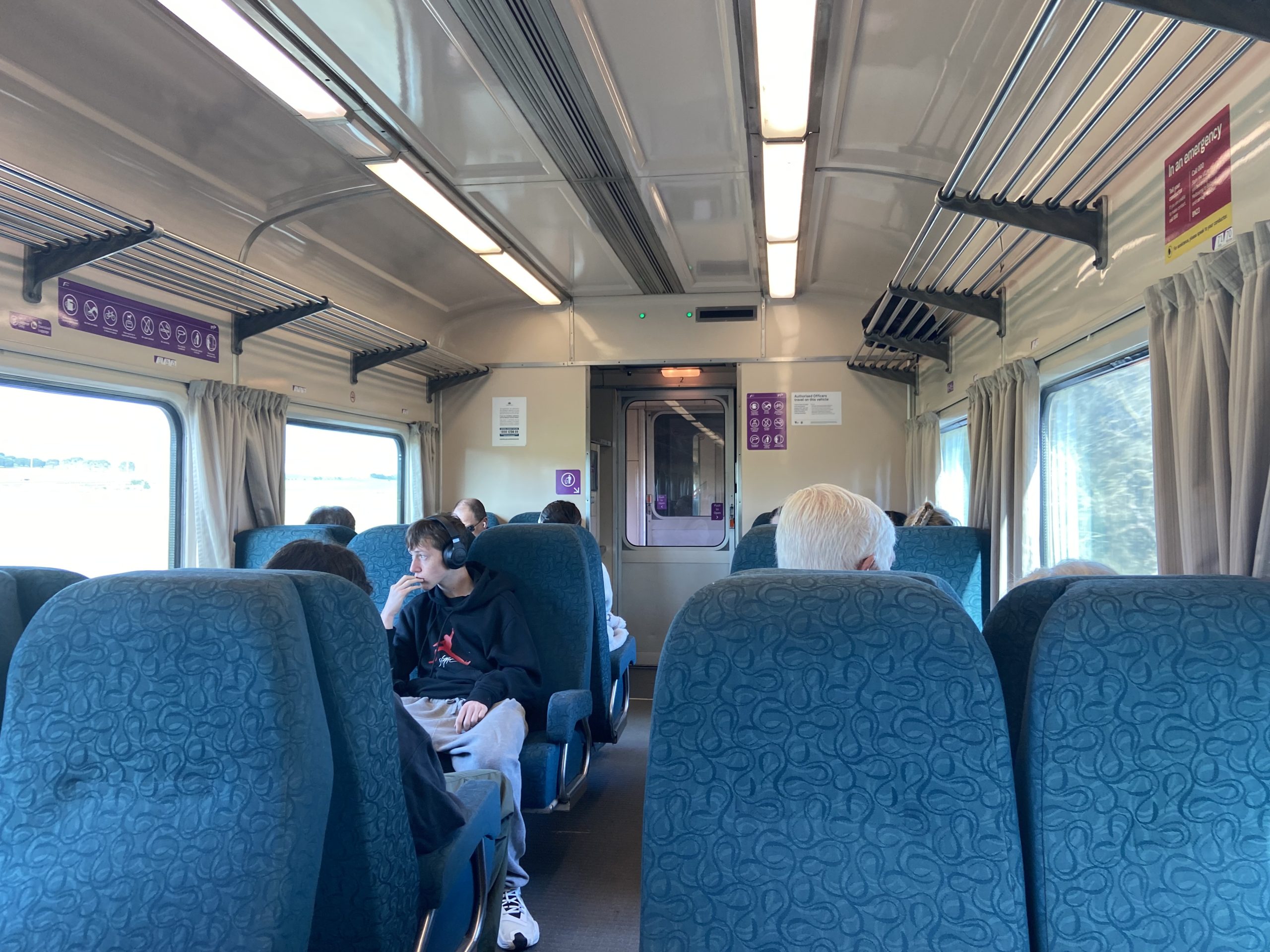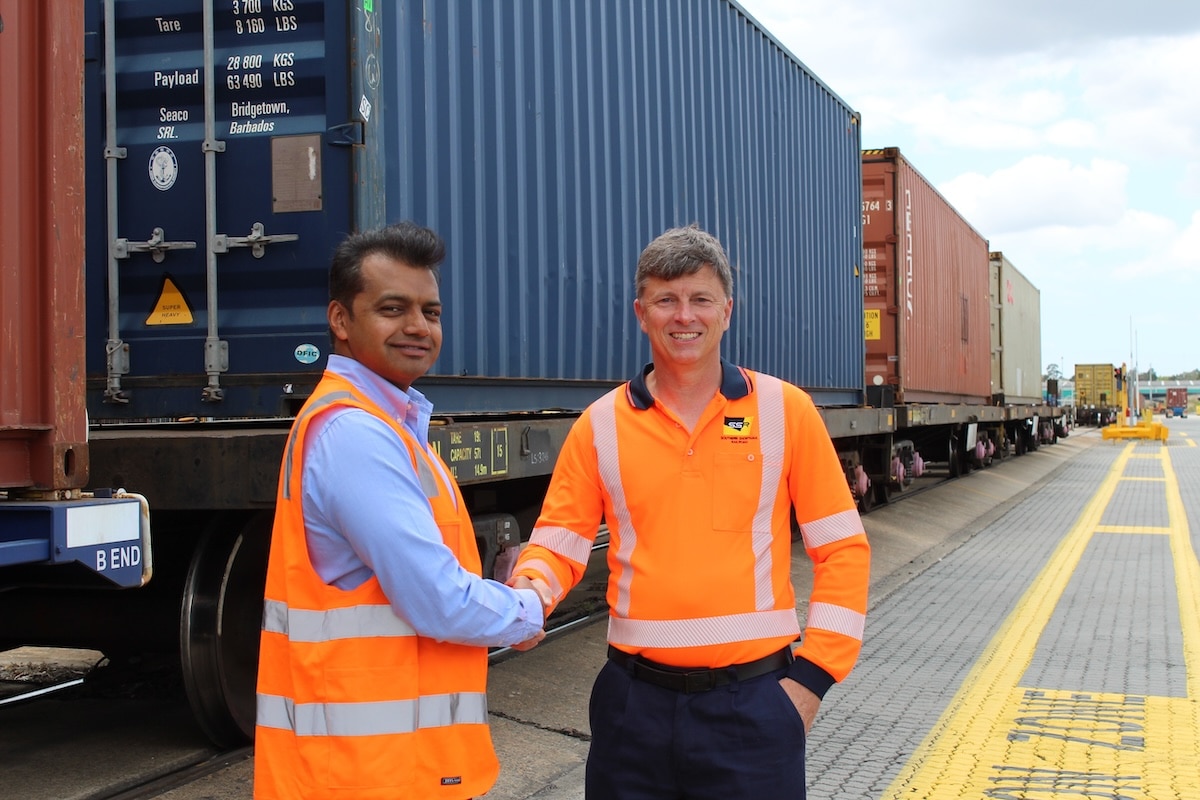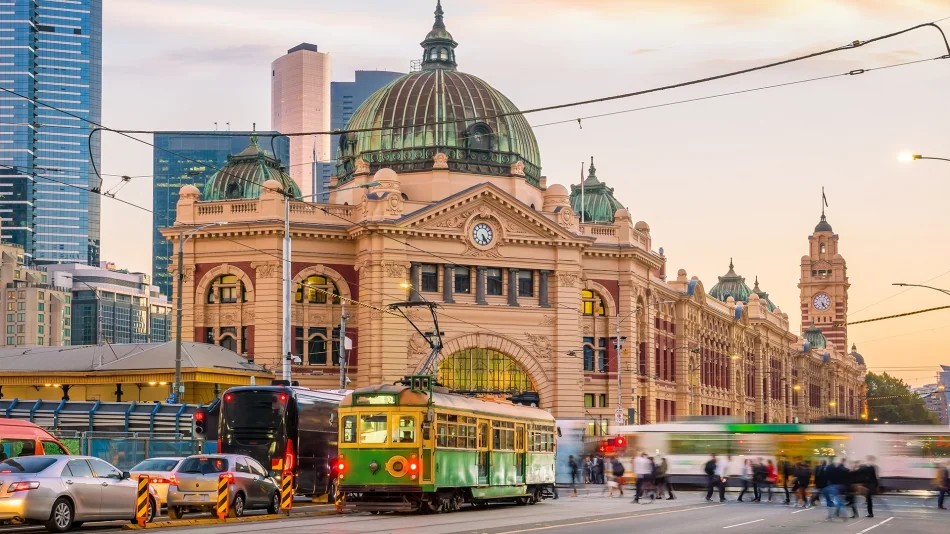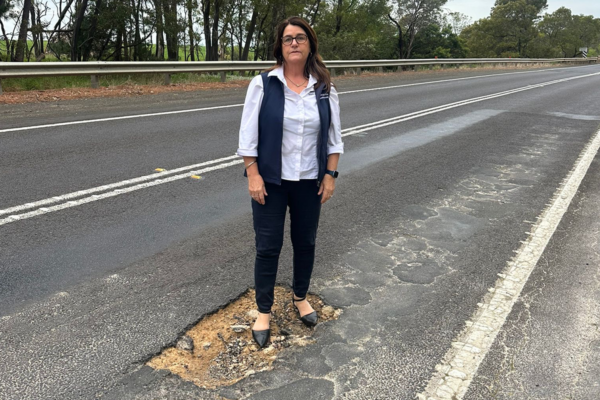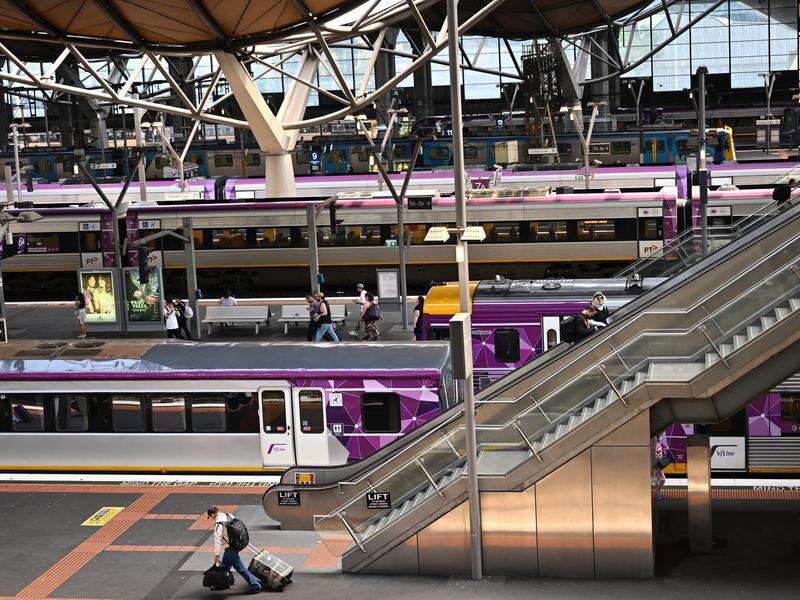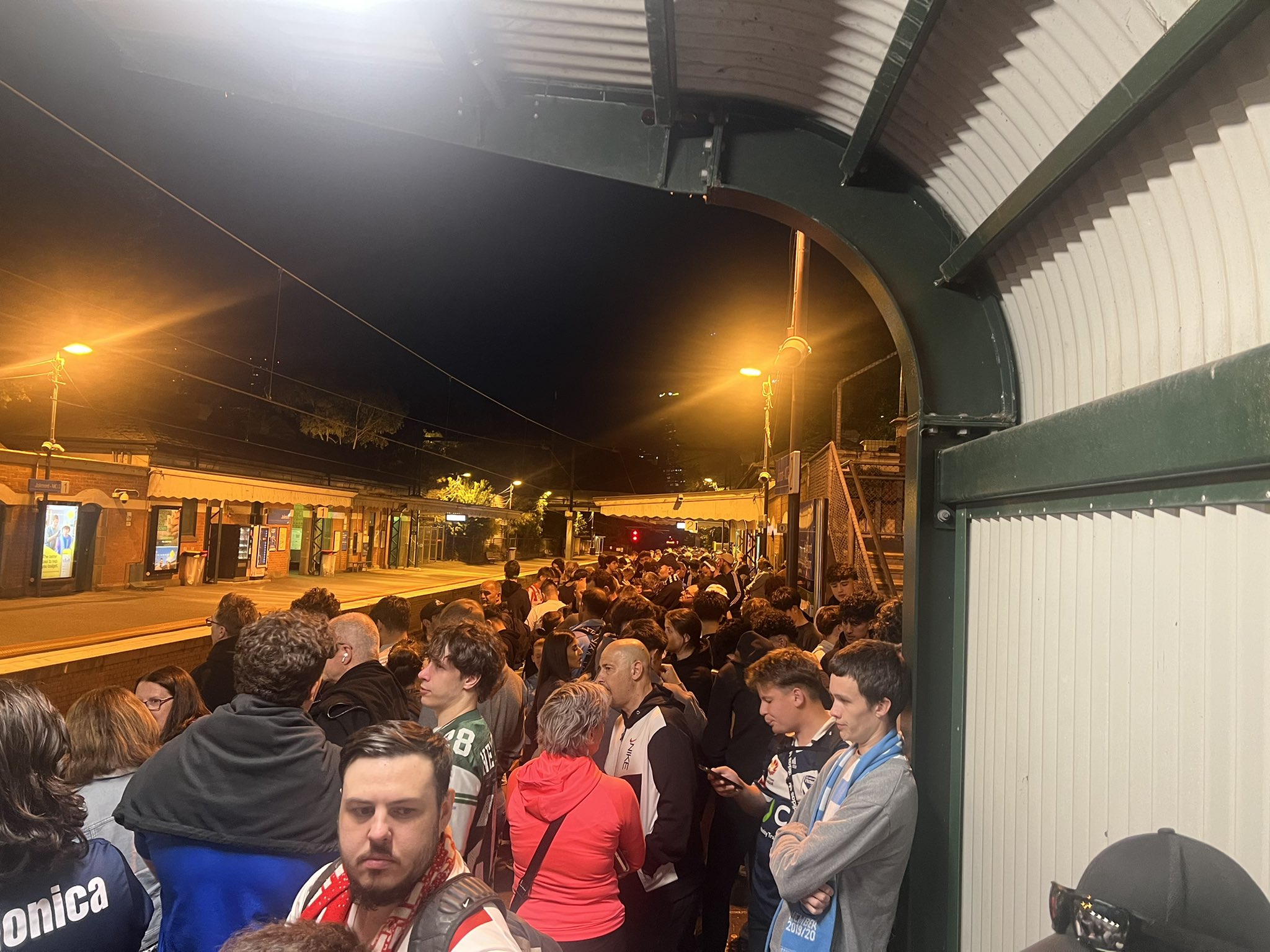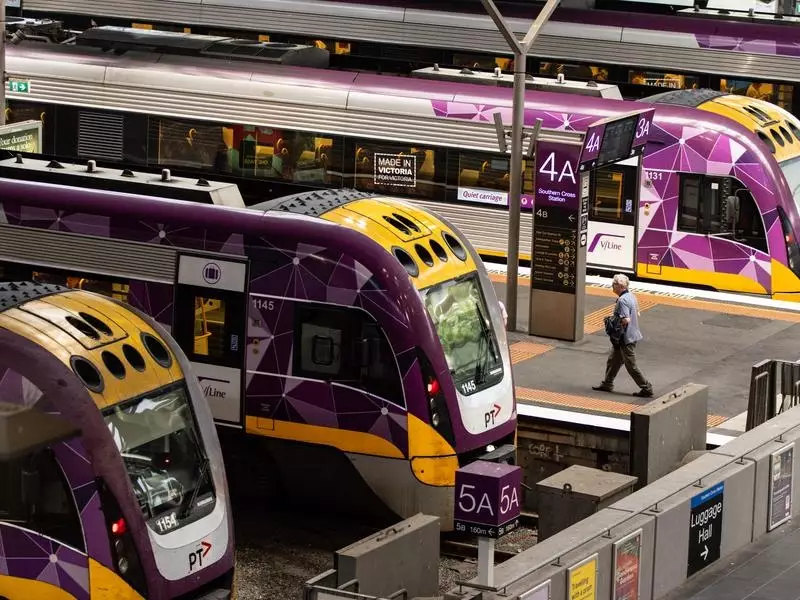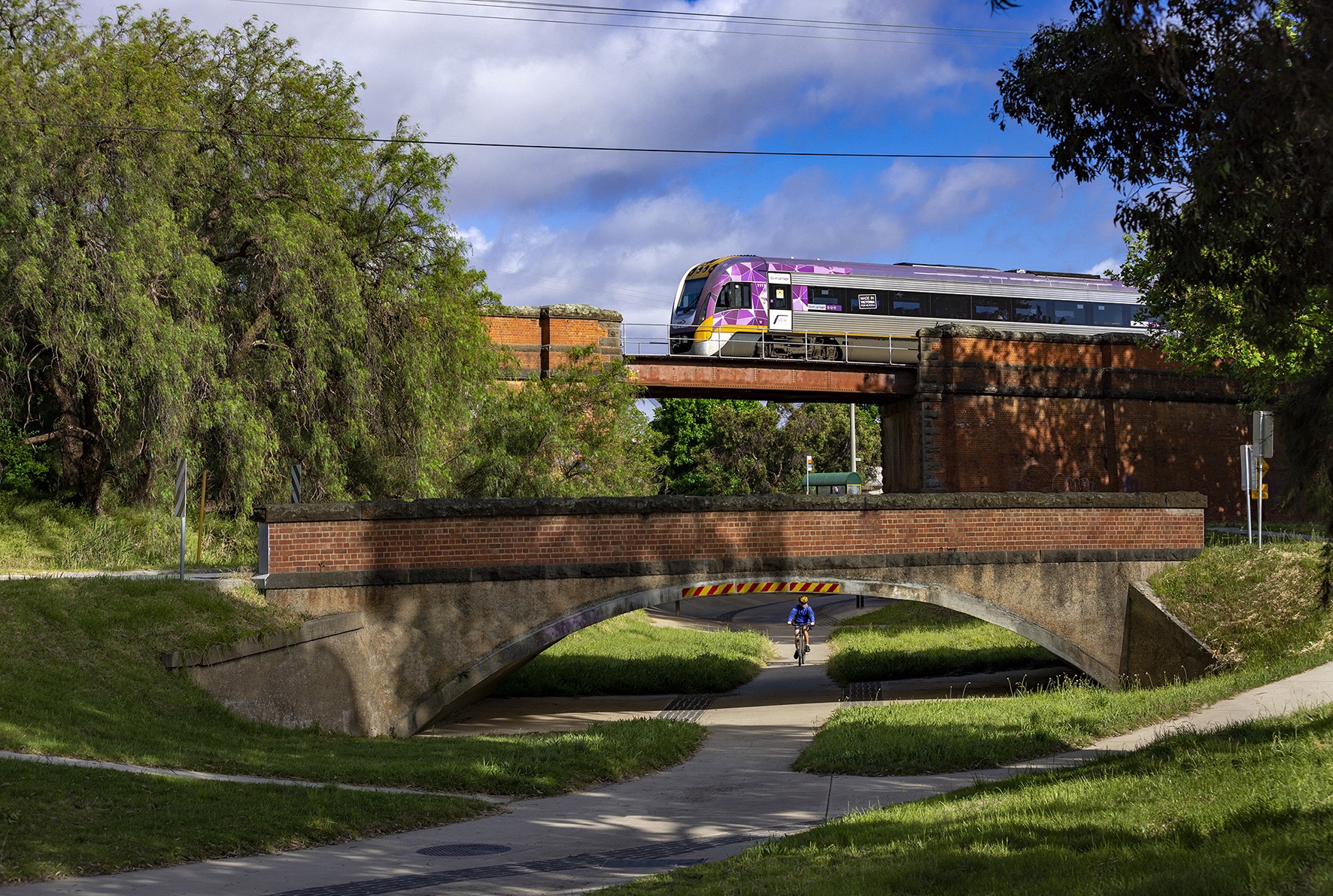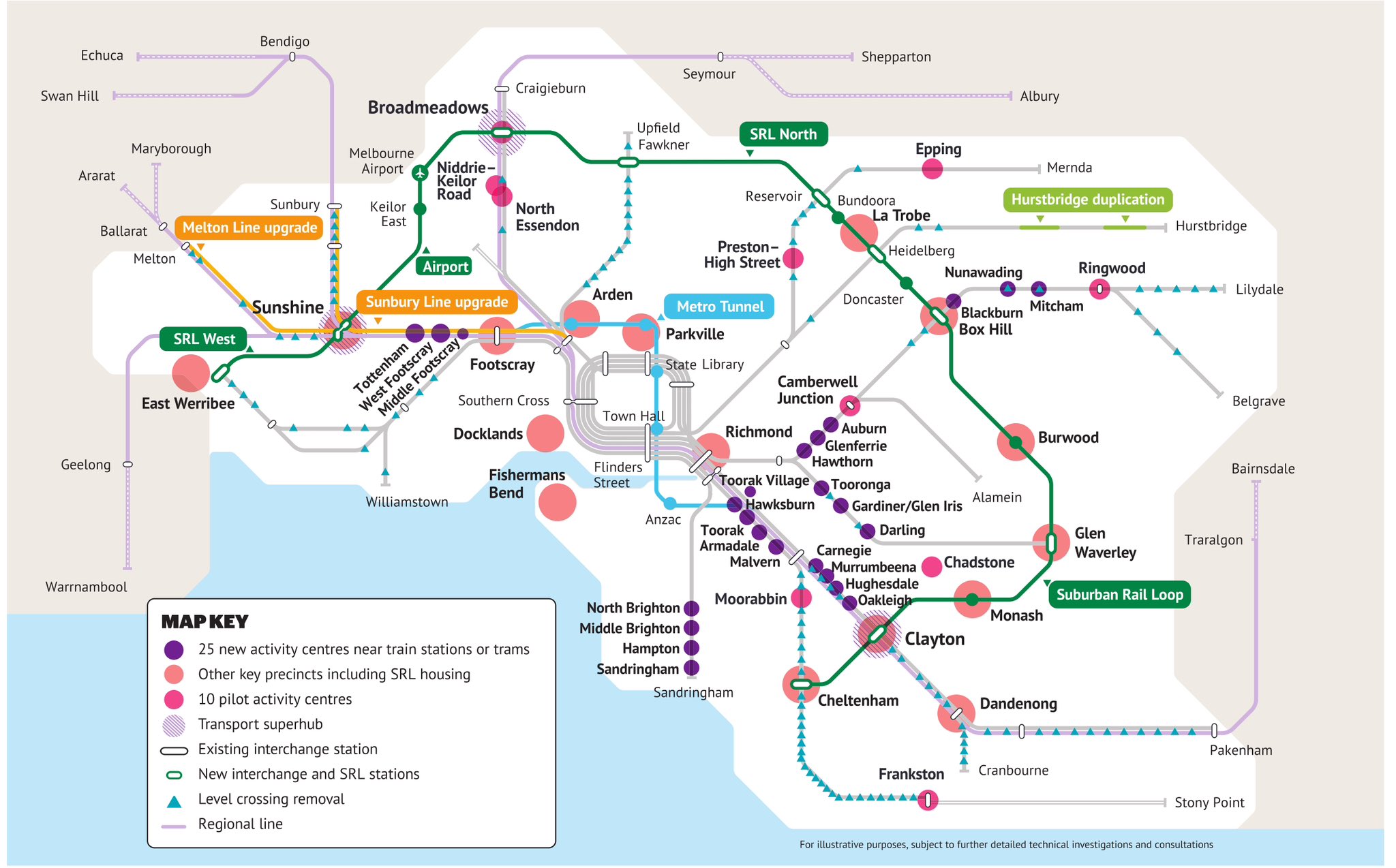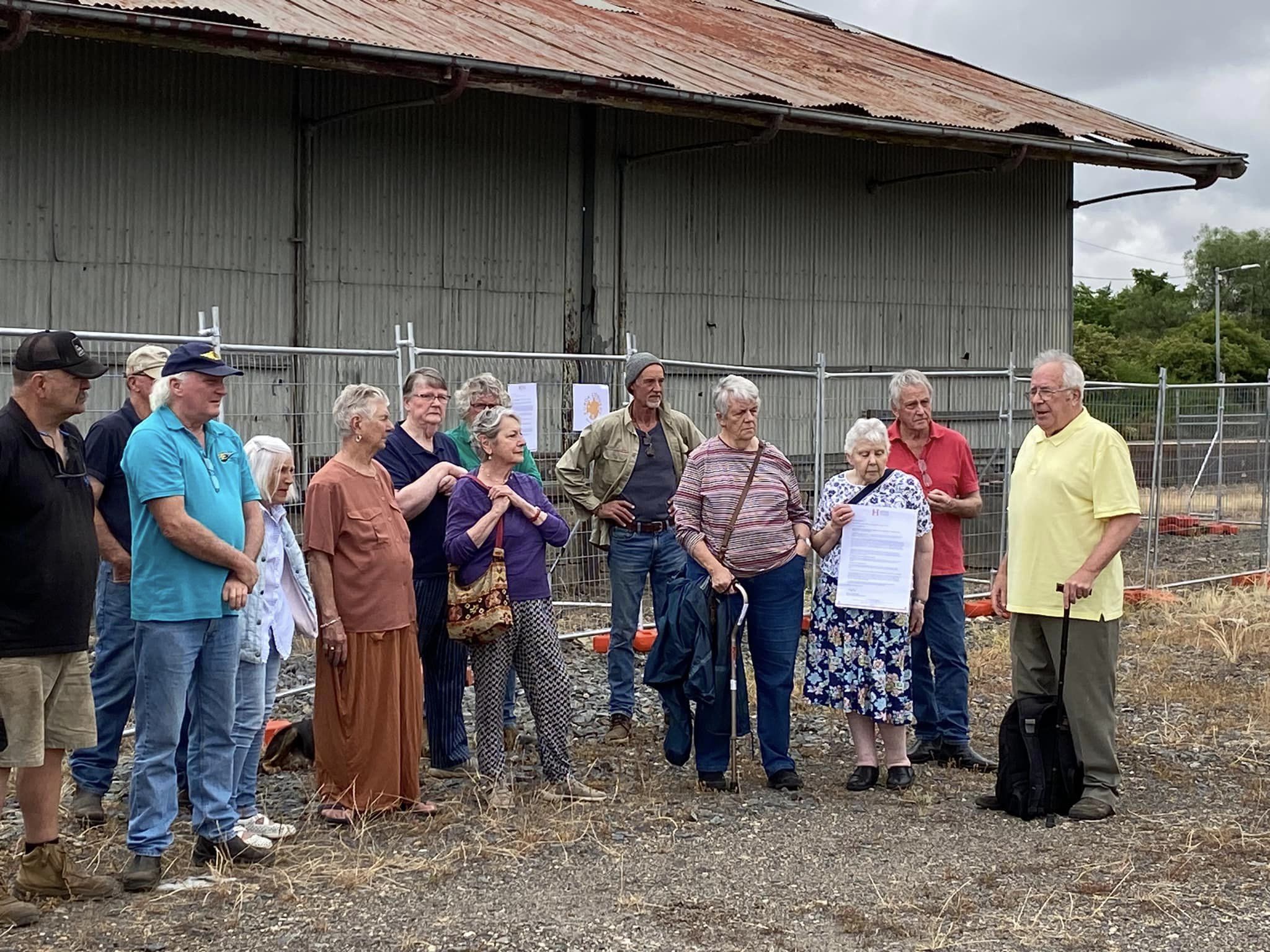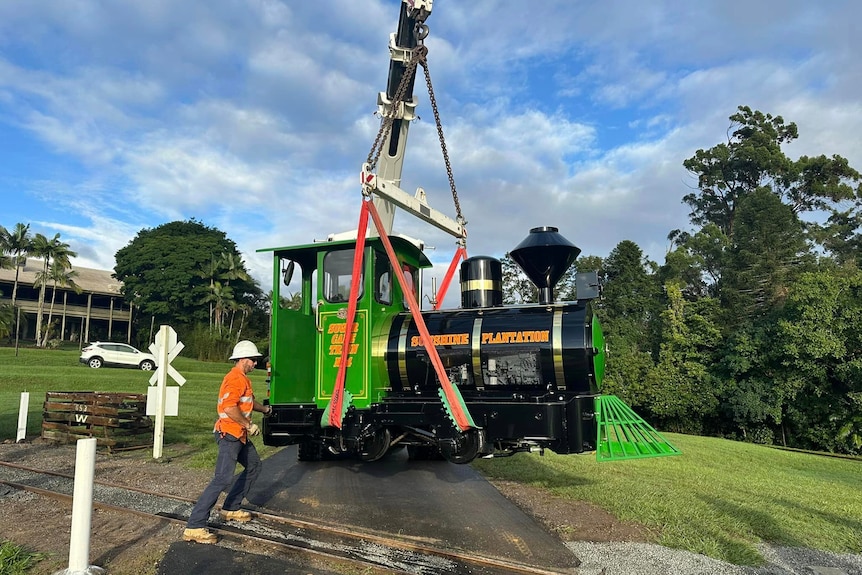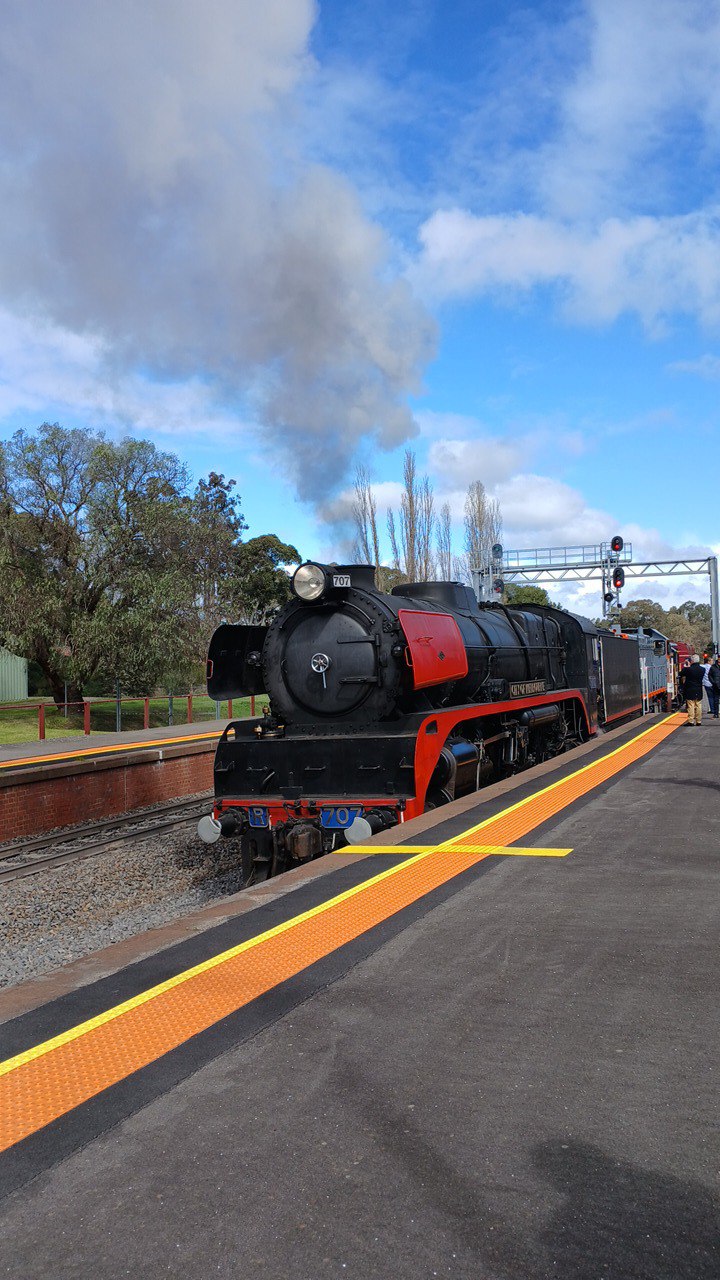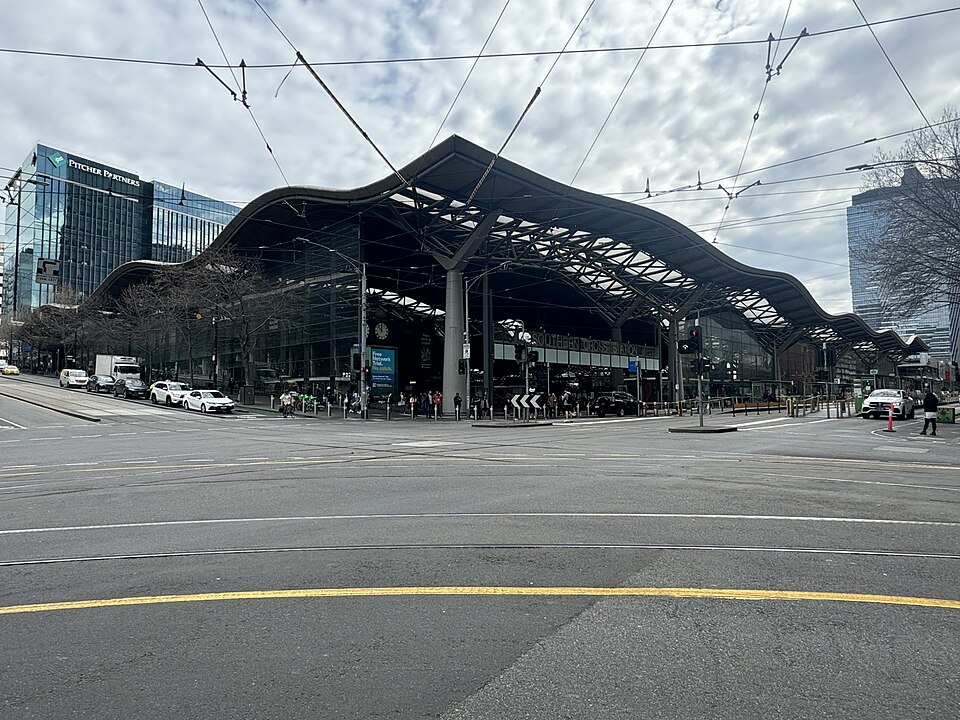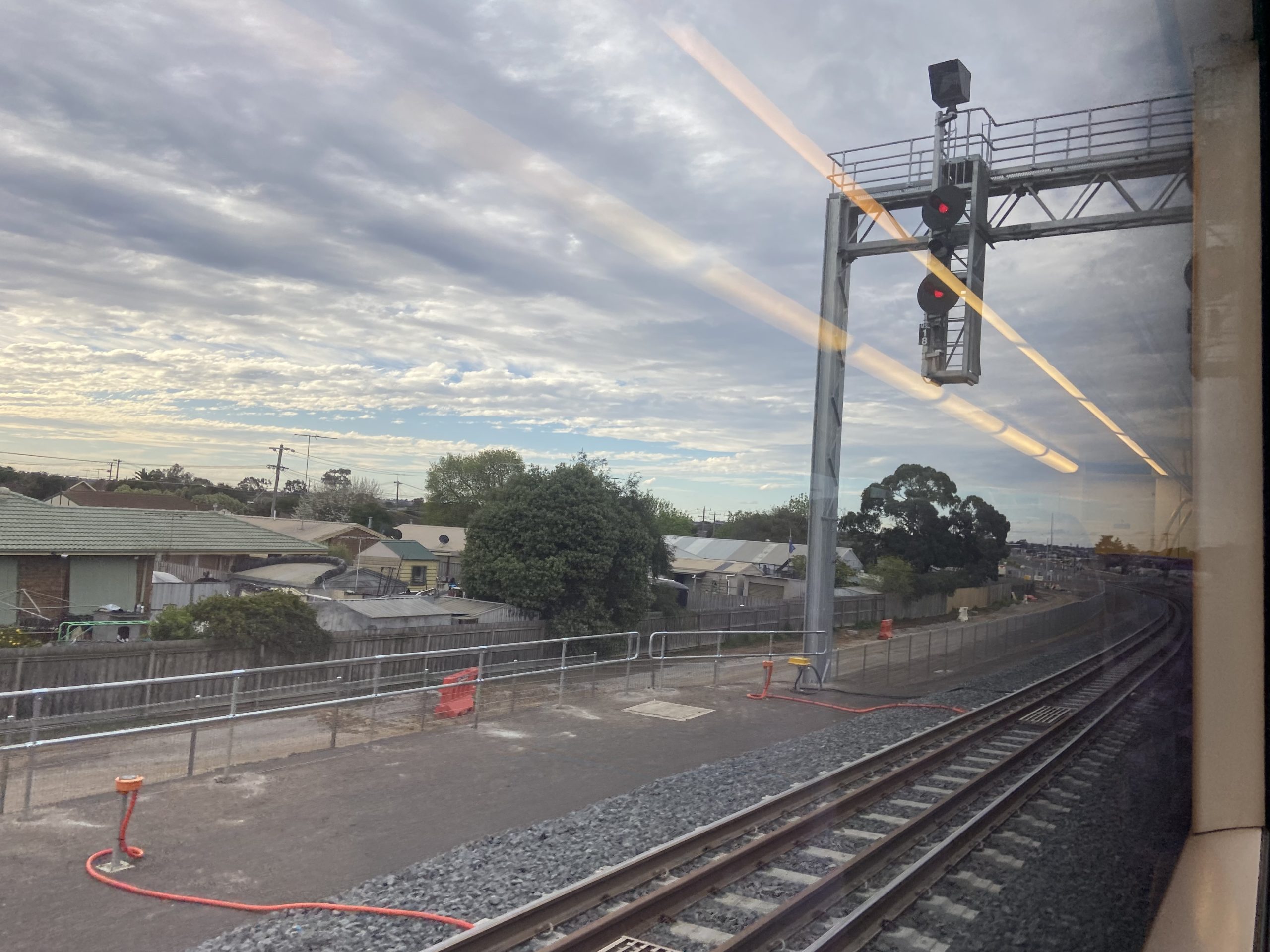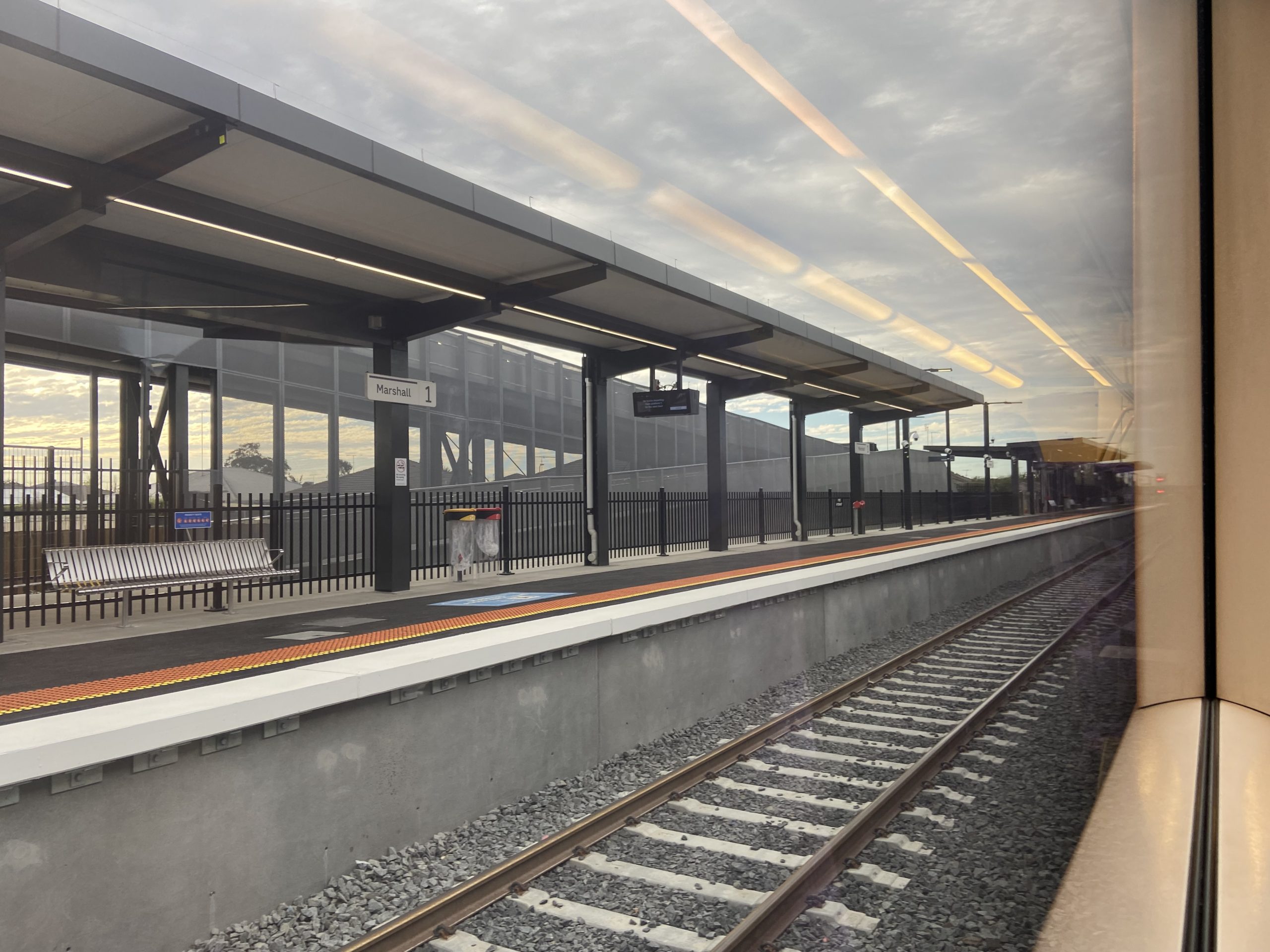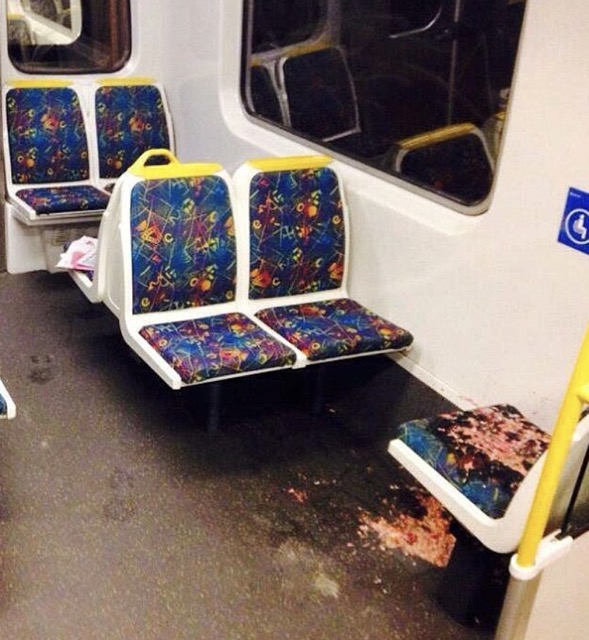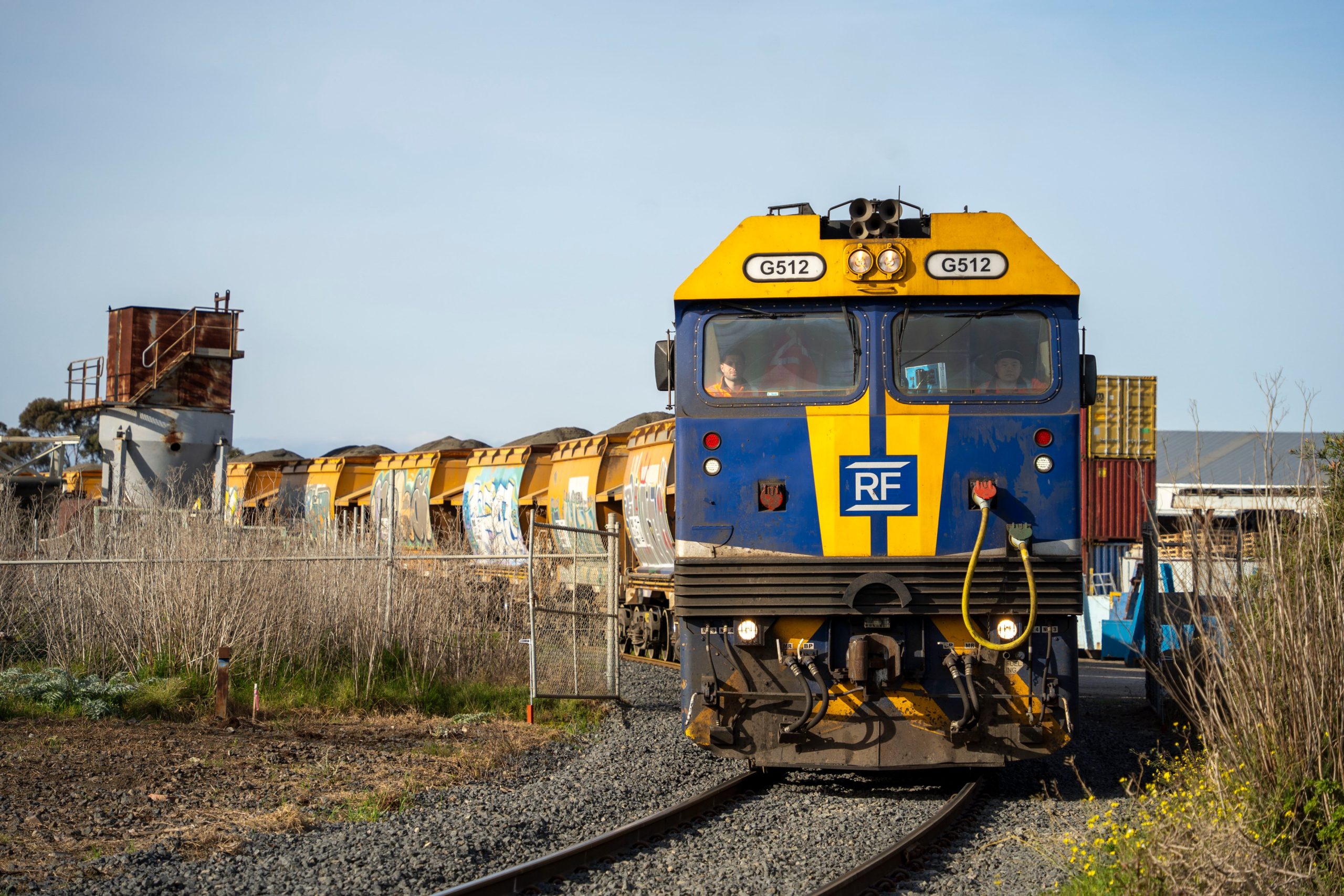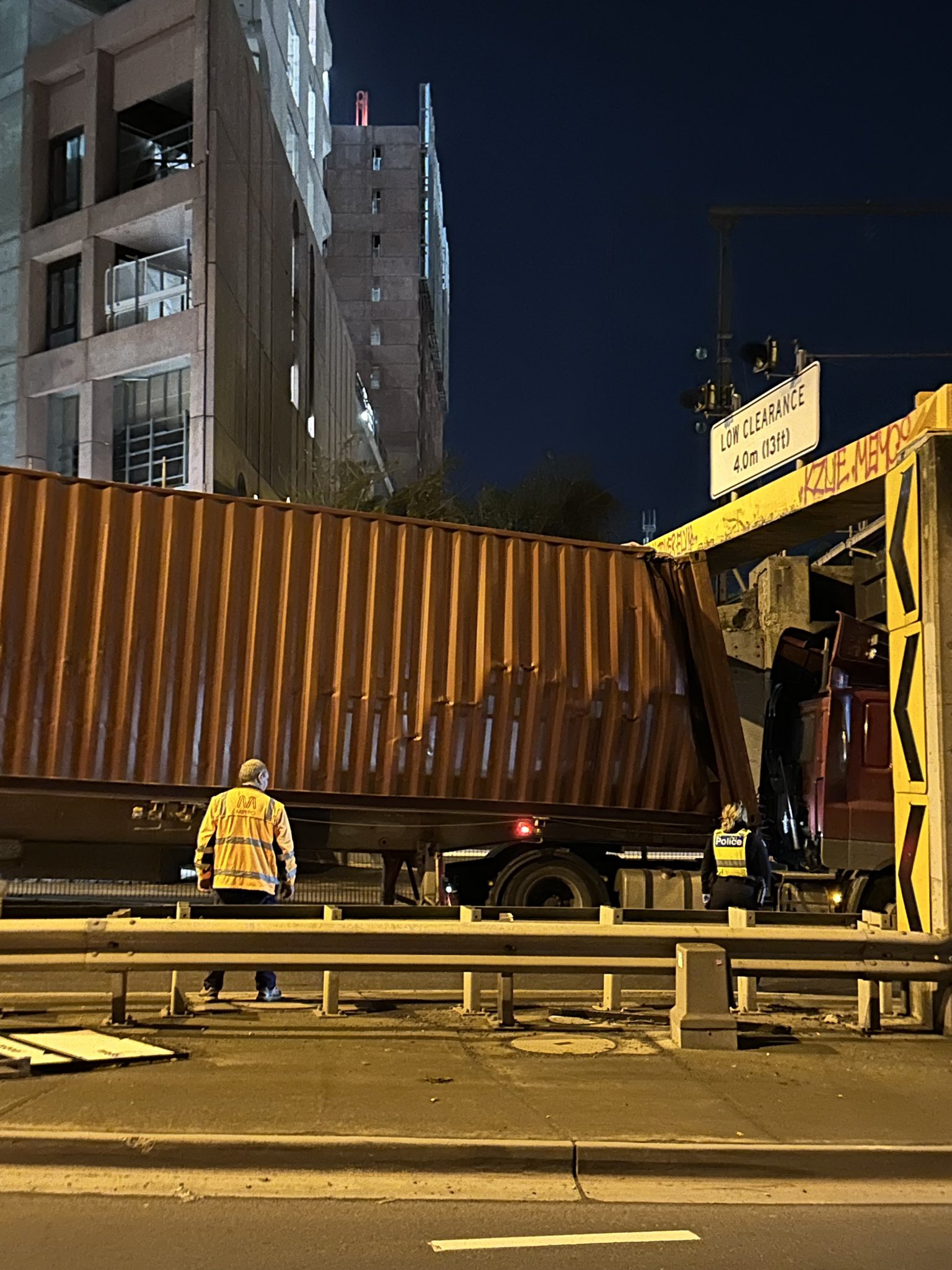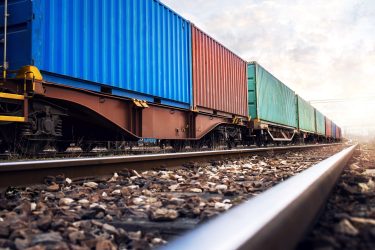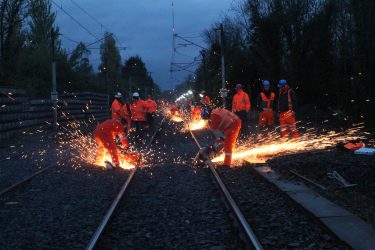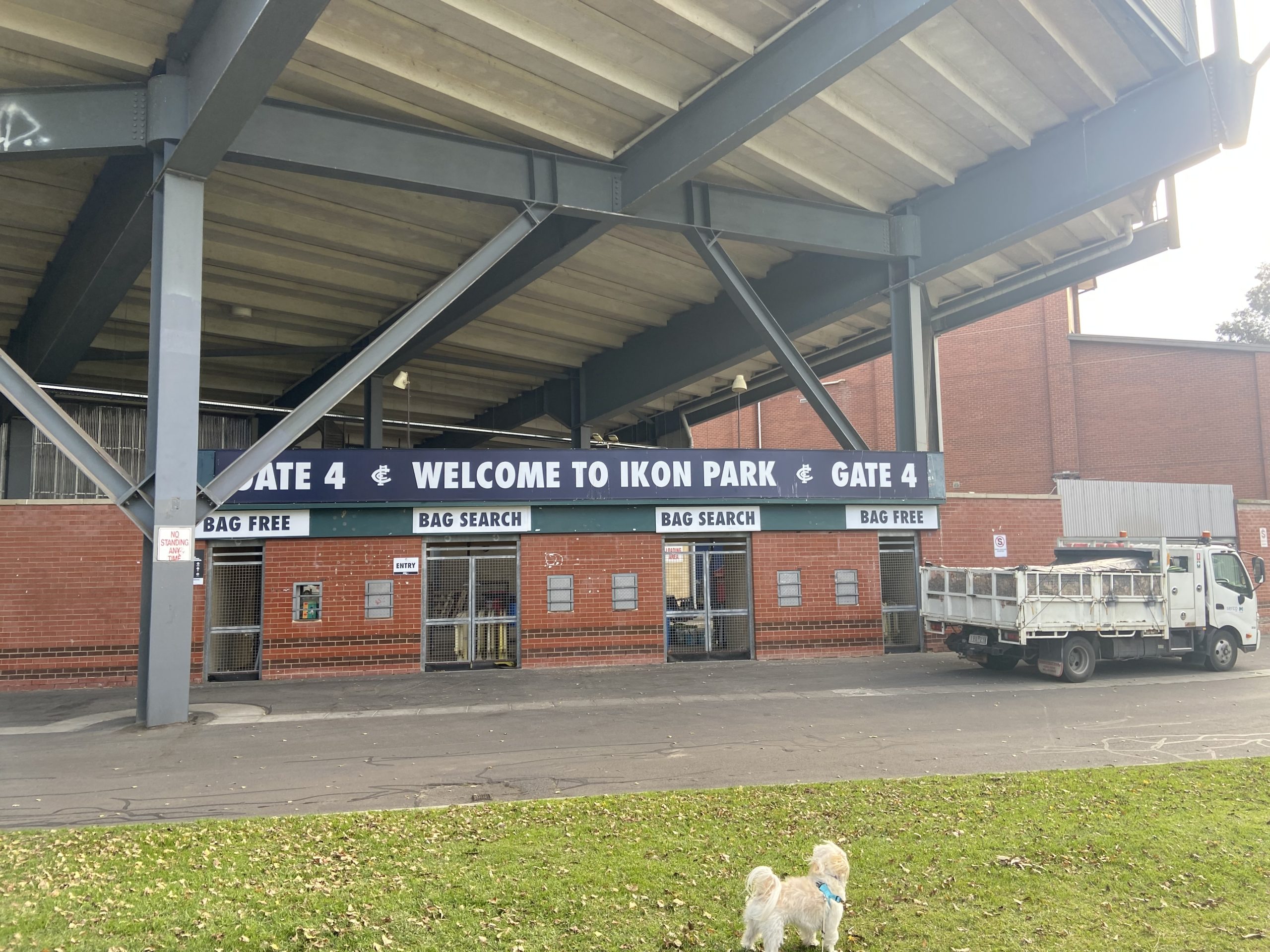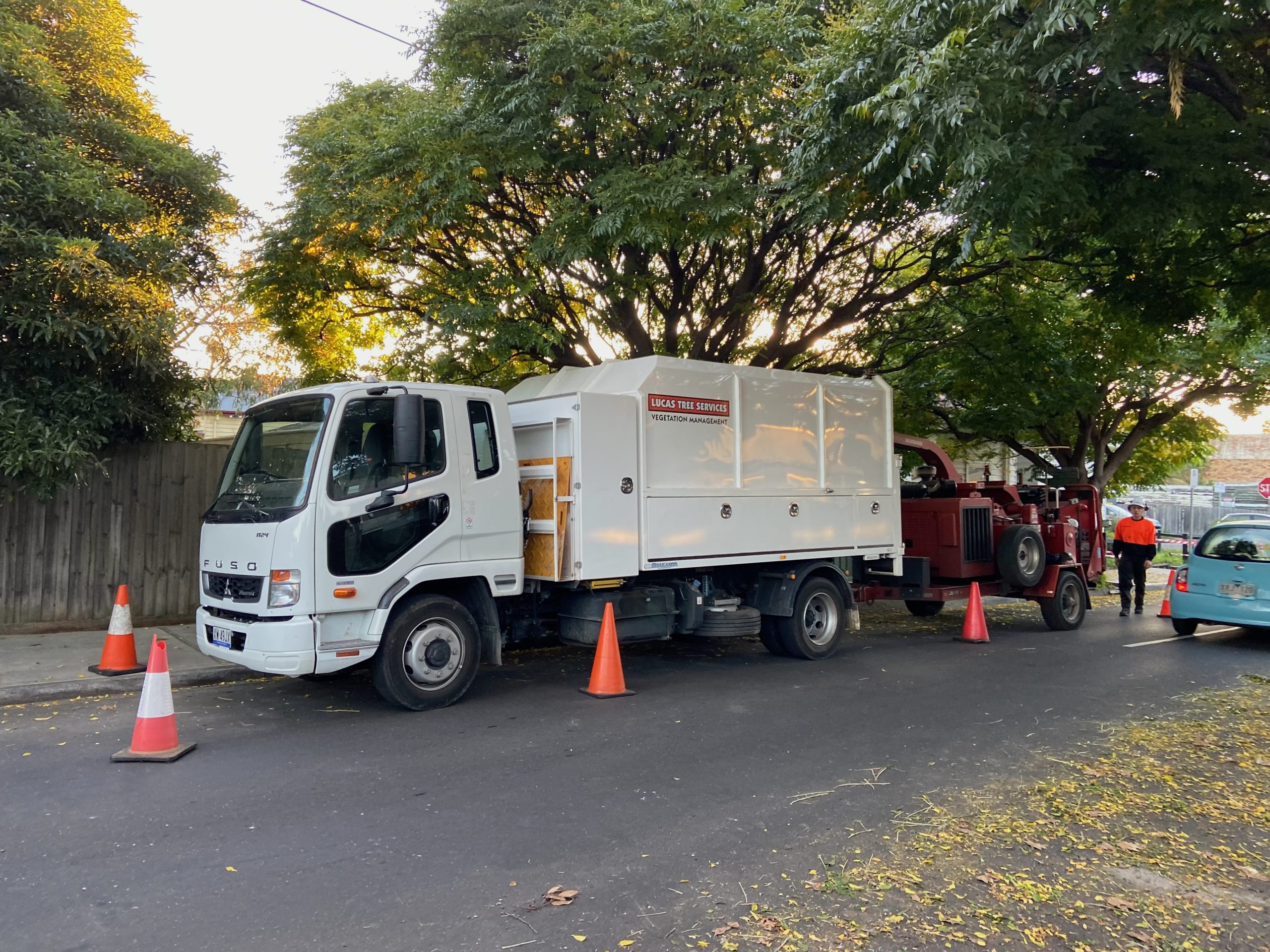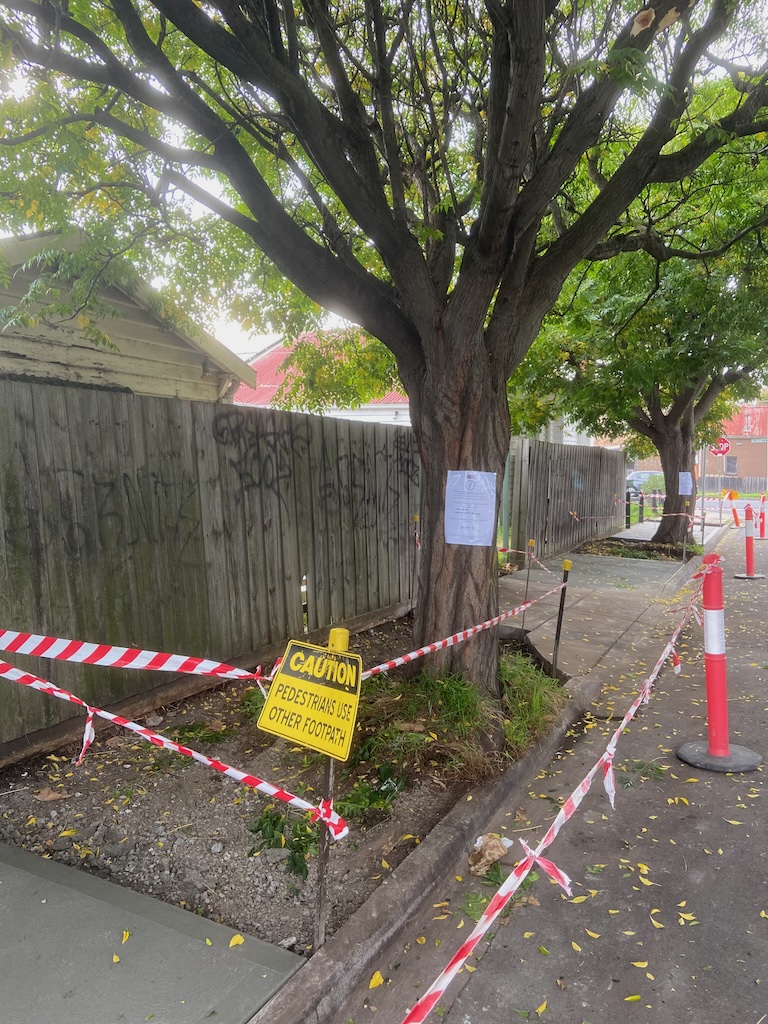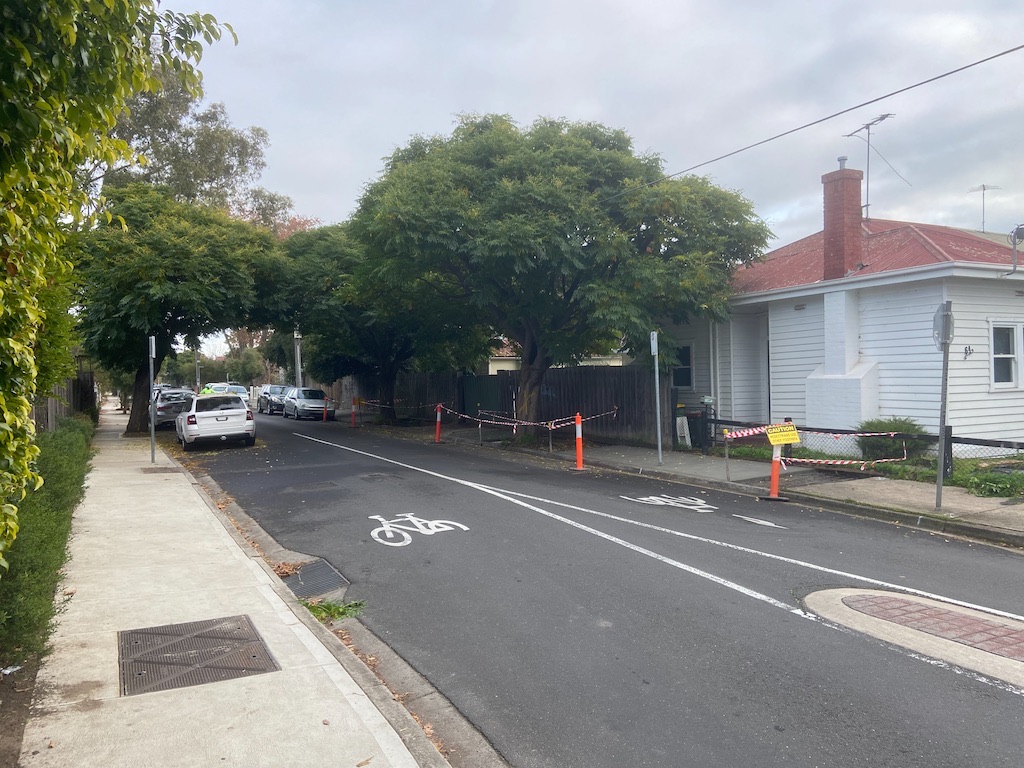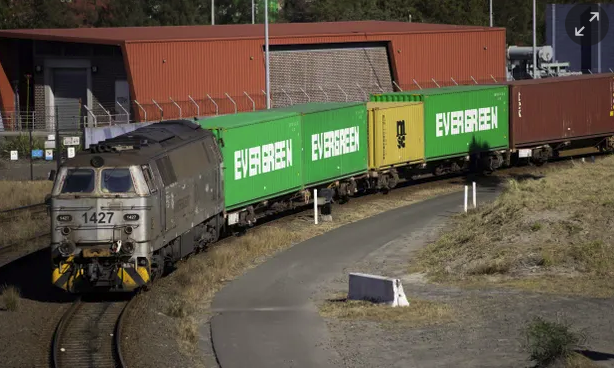There has been alot of discussion over the years since the demise of Aotearoa New Zealand’s original national regional passenger rail network that operated from 1936 to 1978, about the reintroduction of regional and inter-regional passenger train services connecting communities across Aotearoa New Zealand due to the effects of a warming planet. \
\
Aotearoa New Zealand national rail network currently covers 13 of the 16 region in the country from Whangarei in the North Island to Invercargill in the South Island connecting Aotearoa New Zealand’s 6 main cities with 13 provincial cities, major towns, smaller semi rural towns and rural communities, with a potential passenger catchment of approximately two thirds of Aotearoa New Zealand’s population. \
\
With the Government planning to move towards green hydrogen production and with train motive power technology moving towards hydrogen fuel cell, the question is why can’t Aotearoa New Zealand reintroduce national regional and inter-regional passenger train services using this technology on a DBFOM (design, build, finance operate and maintain) style of public/private partnership? \
\
Aotearoa New Zealand could a have a fleet of the following trains to operate on a subsidised ‘turn up & go’ and/or non subsidised ‘book & travel’ national regional passenger rail network – \
\
**Alstom Coradia Polyvalent H2**
{{youtube: https://youtu.be/cm_ElqtfyCk}}
The Alstom Coradia Polyvalent H2 is a 160kph dual mode electric and hydrogen/battery, 72m 4 carriage train set with a capacity of 218 seats, has disable passenger facilities and onboard toilets with a range up to 600kms on non-electrify track using hydrogen/battery, giving the Coradia Polyvalent H2 the ability to travel between Wellington and Palmerston North, Wellington to Masterton and Woodville using the existing electrification in the Wellington region between Wellington and Waikanae and Wellington to Upper Hutt and between Auckland, Hamilton and Tauranga using the existing electrification in the Auckland region and hydrogen/battery to Hamilton and Tauranga other destinations in the Waikato region. \
\
If the Pukekohe to Hamilton rail line is upgraded to 160kph speed and electrified to 25kva voltage, the Coradia Polyvalent H2 can operate frequent services between Auckland using the City Rail Link and Hamilton using electricity and hydrogen/battery between Hamilton and Tauranga and other destinations in the Waikato region. \
\
If the electrified section of the North Island main trunk line between Hamilton and Palmerston North is upgrade to meet the electrification specifications of the Auckland region, then the Coradia Polyvalent H2 can be used for 2 daily return services between Hamilton and Palmerston North under electrical power. \
\
The Coradia Polyvalent H2 can remove 54 to 218 cars of the road reducing at least 521 tonnes of carbon and other noxious emissions for each train journey. \
\
**Alstom Coradia iLint**
{{youtube: https://youtu.be/iSzn4gPPwk0}}
The Alstom Coradia iLint is a 140kph 2 carriage train set with a capacity of 150 seats, has disable passenger facilities and onboard toilet facility, with a range up to 1000kms on a tank of hydrogen. The Coradia iLint can operate as multiple train sets in peak hours and single 2 car train set in off peak hours. \
\
The Cordia iLint can be used on localised frequently used services between Auckland and Whangarei, between Palmerston North, Woodville, Hastings and Napier, between Palmerston North, Whanganui and New Plymouth, between Napier and Gisborne, between Christchurch and Greymouth, between Christchurch, Kaikoura, Blenheim and Picton, between Christchurch, Ashburton, Timaru, Oamaru and Dunedin, between Dunedin and Invercargill. \
\
The Cordia iLint can be used on Christchurch’s urban passenger train services between Rangiora, Christchurch, Lytttleton and Rollestion and Canterbury region passenger train services between Amberly, Christchurch and Ashburton or Timaru. \
\
The Coradia iLint can remove 37 to 150 cars of the road reducing at least 360 tonnes per year of carbon and other noxious emissions for each train journey. \
\
Aotearoa New Zealand population is expected to increase to 6-7 million by 2030 and there is a need to provide clean sustainable environmentally friendly [national passenger transport connecting communities across the country as the population grows](https://publictransportforum.nz/articles/article/connecting-communities-2030-01-02-2022). A clean sustainable environmentally friendly national regional passenger train network is a core component in building that network. \
\
The question is not if but when. \
\
The Regional Passenger Rail Network rebirth is one of the components of the [Connecting Communities 2030 Initiative](https://publictransportforum.nz/articles/article/connecting-communities-2030-01-02-2022). \
\
For further information concerning the points raised in this article –
* [Light Rail for Branch Lines](https://publictransportforum.nz/articles/article/light-rail-for-branch-lines-15-01-2022)
* [New Zealand’s National Public Transport Network](https://publictransportforum.nz/articles/article/national-public-transport-network-07-06-2022)
* [New Zealand’s National Public Transport Agency](https://publictransportforum.nz/articles/article/public-transport-aotearoa-new-zealand-22-08-2022)
* [Can semi rural towns and small rural communities have public transport?](https://publictransportforum.nz/articles/article/can-small-semi-rural-towns-and-rural-communities-has-public-transport-10-08-2022)
* [New Zealand’s shrinking passenger railway network](https://publictransportforum.nz/articles/article/new-zealands-shrinking-passenger-railway-network-22-07-2022)
*The re-introduction of the national regional passenger rail network is one of the [initiatives of the Public Transport Forum New Zealand](https://publictransportforum.nz/initiatives#back-to-the-future-regional-passenger-rail-servic).*
